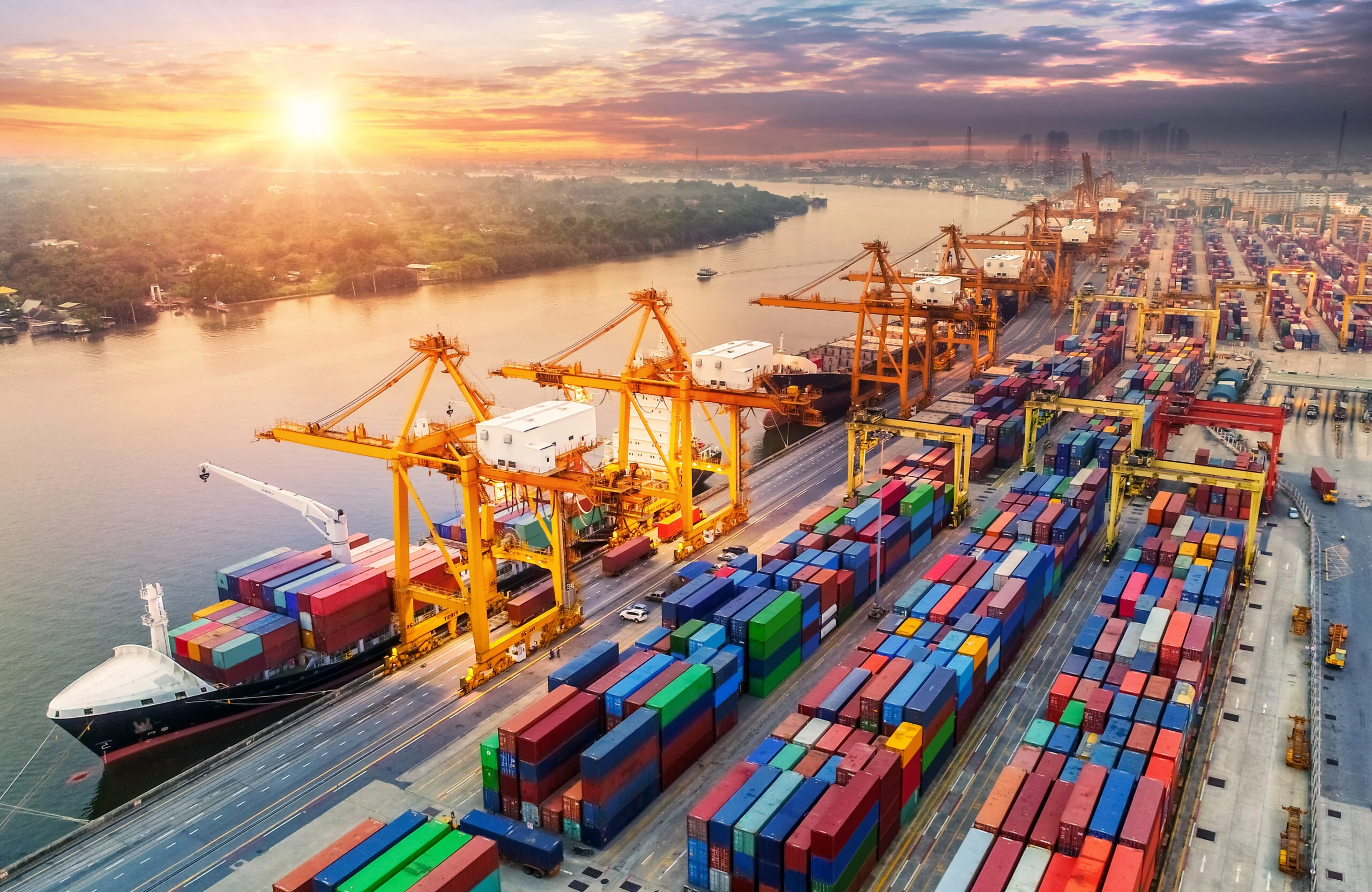
Turnaround time of ships at Indian Major Ports improved 9% in FY24 by strengthened infrastructure
NEW DELHI : Major ports in India in the Financial Year 2023-24 (FY24) registered a 9 per cent improvement in turnaround time, of 48 hours, compared to 52.9 hours the year before as infrastructure and processes are strengthened.
“Faster movement through major ports has also resulted in a higher cargo loading ability as well, as major ports saw a 4.5 per cent increase in total traffic at 819 million metric tonnes (mmt) in FY24,” said a senior government officer.
Additionally, the total cargo traffic handled by these ports witnessed a 4.5% increase, reaching 819 million metric tonnes. This positive trend can be attributed to several factors, including investments in improved infrastructure, the implementation of digital processes, and a greater role for private companies.
Upgraded infrastructure led to a 7.5% increase in the average daily output per vessel, while digitalization efforts like the Sagar-Setu mobile app and paperless clearances streamlined operations and boosted efficiency. Moreover, private participation, particularly in container terminal operations, seems to be a key driver of improvement, as evidenced by better efficiency metrics in these terminals compared to those run by port authorities. This has prompted the shipping ministry to consider expanding Public-Private Partnerships (PPP) at major ports using the landlord model.
These advancements mark a considerable improvement for India’s maritime sector, which was previously a weak link in the country’s logistics chain. The improved turnaround time puts Indian major ports ahead of many developed nations, including the United States, Australia, and Germany. This progress is expected to continue as the government pushes for further private sector involvement through PPP models. By leveraging private expertise and resources, India can solidify its position as a competitive player in the global maritime trade landscape.

